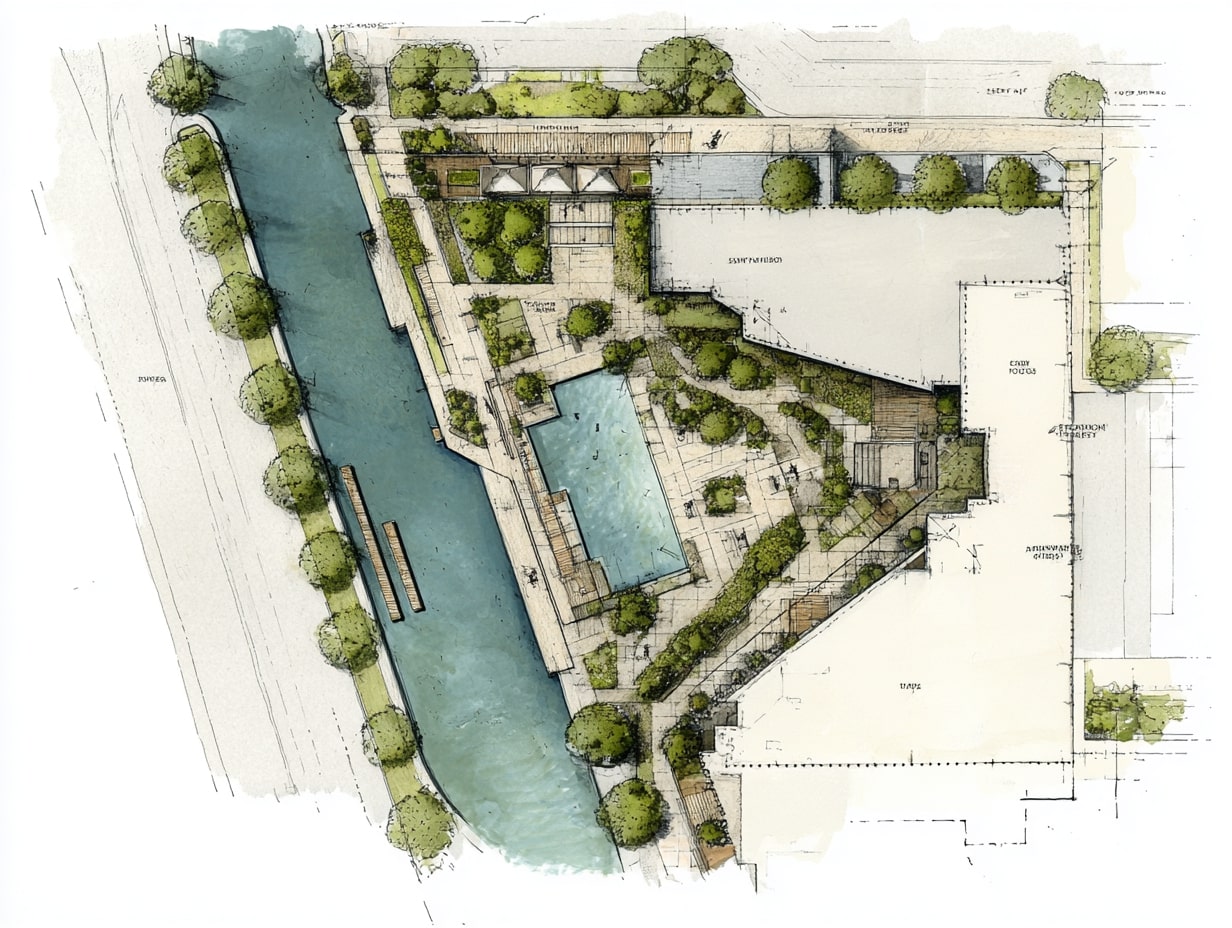- Home
- Articles
- Architectural Portfolio
- Architectral Presentation
- Inspirational Stories
- Architecture News
- Visualization
- BIM Industry
- Facade Design
- Parametric Design
- Career
- Landscape Architecture
- Construction
- Artificial Intelligence
- Sketching
- Design Softwares
- Diagrams
- Writing
- Architectural Tips
- Sustainability
- Courses
- Concept
- Technology
- History & Heritage
- Future of Architecture
- Guides & How-To
- Art & Culture
- Projects
- Interior Design
- Competitions
- Jobs
- Store
- Tools
- More
- Home
- Articles
- Architectural Portfolio
- Architectral Presentation
- Inspirational Stories
- Architecture News
- Visualization
- BIM Industry
- Facade Design
- Parametric Design
- Career
- Landscape Architecture
- Construction
- Artificial Intelligence
- Sketching
- Design Softwares
- Diagrams
- Writing
- Architectural Tips
- Sustainability
- Courses
- Concept
- Technology
- History & Heritage
- Future of Architecture
- Guides & How-To
- Art & Culture
- Projects
- Interior Design
- Competitions
- Jobs
- Store
- Tools
- More

Architecture is a combination of science, art, and mathematics, where the concept of proportion and scale plays a crucial role. The way that an architect arranges space, form, and materials in a structure is directly related to the proportion and scale that they use. Proportion and scale in architecture are critical in determining the aesthetic and functional value of a building.
Proportion refers to the relative size of the various components of a building. For example, the ratio of the height of a door to the height of a room or the width of a window to the height of a wall. It is essential to keep the proportions of a building in harmony with each other, to create an aesthetically pleasing structure. Using the Golden Ratio, which is a mathematical concept that has been used in architecture for centuries, is one of the methods to create well-proportioned designs.
Scale refers to the relationship between the size of the building and the size of the surrounding environment. It is necessary to consider the scale of a building in relation to its surroundings to ensure that it fits appropriately into its context. A building that is too small in comparison to its surroundings will look out of place, while a building that is too large will dominate its surroundings and create a sense of imbalance.
The importance of proportion and scale in architecture can be seen in historical buildings that have stood the test of time. The Parthenon in Athens, Greece, is an excellent example of the importance of proportion and scale in architecture. The columns are perfectly proportioned, and the dimensions of the building are in harmony with each other, creating an aesthetically pleasing structure.

In contrast, buildings that ignore proportion and scale can be unattractive and fail to function effectively. An example of this is the Brutalist architecture of the 1960s, which often featured large, imposing buildings with no regard for the surrounding environment’s scale. These structures were often criticized for their harsh and unappealing appearance.
Proportion and scale also affect the functionality of a building. A building that is too small for its purpose will be cramped and uncomfortable, while a building that is too large will waste space and be difficult to maintain. Therefore, an architect must carefully consider the size of a building, both in terms of its intended use and the surrounding environment, to create a structure that is both functional and aesthetically pleasing.
Le Corbusier’s works as an architect and designer also reflect his ideas about proportion and scale in architecture. Here are some notable examples:
Villa Savoye
Completed in 1931, this house is considered one of Le Corbusier’s masterpieces. Its design incorporates many of his ideas about proportion and scale, including the use of modular dimensions based on the golden ratio and the incorporation of human-scale elements such as ramps and stairs.

Notre-Dame-du-Haut
This chapel, located in Ronchamp, France, was completed in 1955 and is a prime example of Le Corbusier’s ideas about proportion and scale. Its curved, asymmetrical shape and use of light and shadow create a sense of harmony with the surrounding landscape, and its proportions are based on the golden ratio.
Chandigarh
Le Corbusier was also involved in the design of the Indian city of Chandigarh, which was planned and built in the 1950s. His designs for the city incorporated his ideas about urban planning and architecture, including the use of modular dimensions and the importance of human-scale elements such as courtyards and pedestrian walkways.
Unité d’Habitation
This housing complex, built in Marseille, France in 1947-1952, is an example of Le Corbusier’s ideas about urban planning and architecture. It features a modular design with a concrete frame that allows for flexible floor plans, and the proportions of the building are based on the human scale.

Recommended Resources for Understanding Proportion
- The Architecture of Human Proportions:
A Study of Proportion Systems & Their Application” by Thomas M. C. Jordan
This book offers a comprehensive study of proportion systems and their application in architecture. It includes historical examples and practical exercises to help you understand the concepts.
- The Elements of Classical Architecture by Georges Gromort and David Robertson
It is a classic reference for architects, and it explores the principles of classical architecture, including proportion. It covers topics such as the Golden Ratio, the Ionic order, and the Doric order.
- Classical Architecture: The Poetics of Order by Robert Adam
This book offers a comprehensive guide to the principles of classical architecture, including proportion. It includes historical examples and practical exercises to help you understand the concepts.

Submit your architectural projects
Follow these steps for submission your project. Submission FormLatest Posts
Understanding Site Safety Footwear in Architectural Practice
Architecture is often discussed through drawings, models, and finished buildings, yet a...
General Arrangement Drawings in Architecture: The Backbone of Clear Design Communication
General Arrangement Drawings explained: what they are, when to use them, how...
The Ultimate Guide to Fencing in North Dakota: Choosing the Best Fence for Your Property
Watching a chain link fence twist in 70 mph winds near Minot...
Gaudí: Where Architecture Meets Science
Gaudí: Where Architecture Meets Science shows catenary arches, ruled surfaces, and biomimicry...












Leave a comment